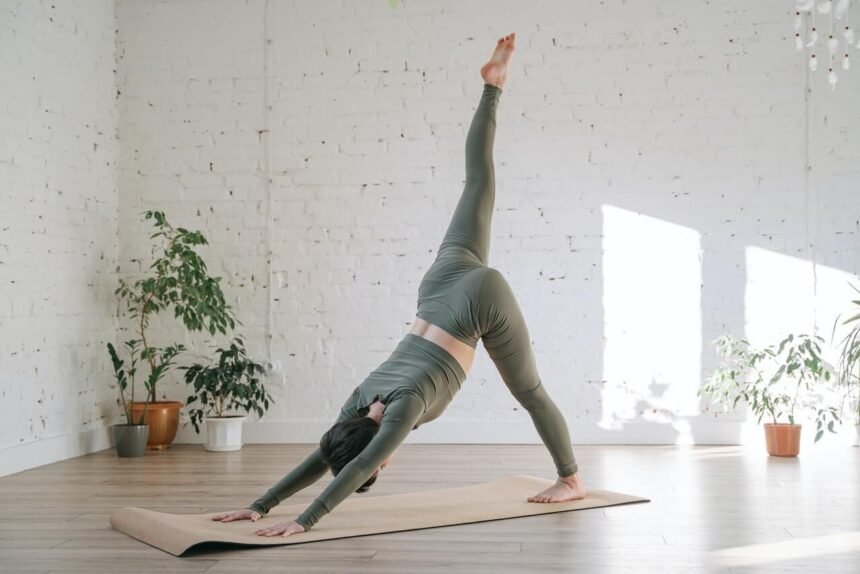Taking care of your heart is essential to your health and lifespan. A healthy cardiovascular system benefits greatly from a person’s regular participation in physical exercise.
Ballistic exercises have acquired popularity because of their ability to quickly increase heart rate into the training zone, making them an attractive component of many different types of workout programs. In this post, we’ll look at the advantages of doing ballistic workouts in a continuous pattern of short bursts separated by shorter recoveries.
The Science Behind Ballistic Exercises
Explosive power and force are the hallmarks of ballistic workouts, which are performed at a high intensity. Plyometric lunges, squat leaps, medicine ball smashes, and burpees are just a few examples.
These exercises, when performed properly, require the heart to pump blood more effectively to give oxygen and nutrients to working muscles because they stimulate many muscle groups at once.
The “20-30” Ballistic Exercise Routine
Researchers found that the “20-30” way of exercising is much more successful than other routines in getting the heart rate into the training zone.
Ballistic workouts are performed for 20 seconds at full effort, followed by a 30-second recovery period.
This pattern continues until deceleration occurs, suggesting that the body can no longer sustain the required level of exercise intensity.
Elevating Heart Rate to the Training Zone
The training zone, or target heart rate range, is the intensity level where the greatest conditioning advantages are realized for the heart and lungs.
The target range for cardiovascular activity is between 50 and 85 percent of the maximal heart rate. The “20-30” ballistic training regimen is an effective method of rapidly increasing heart rate within the desired range.
Benefits of the “20-30” Ballistic Exercise Routine
- Cardiovascular Health Improvement: The “20-30” ballistic training routine’s main benefit is the enhancement of cardiovascular fitness. Over time, the cardiovascular system strengthens as a result of the 20-second bursts of intense exercise followed by 30-second recoveries.
- Increased Caloric Expenditure: Ballistic workouts are high-intensity, therefore they result in a large rise in energy expenditure. This is particularly helpful for those who are trying to lose weight since it increases metabolic rate.
- Enhanced Muscular Endurance: Muscular endurance is improved with ballistic workouts due to the constant use of a wide variety of muscle groups. In the long run, this may boost performance in sports and reduce the likelihood of injury in everyday life.
- Time-Efficient Workout: The “20-30” program is great for those who are short on time since it provides a time-efficient training choice. Participants may do a high-intensity, low-time investment workout.
- Adaptability and Variety: The adaptability of the program allows for a wide variety of ballistic exercises to be used, keeping workouts interesting and challenging for participants. Because the body is always being pushed with new actions, this adaptability also decreases the chance of training plateaus.
Frequently Ask Questions
What are ballistic exercises, and how do they differ from traditional workouts?
Squat leaps, burpees and medicine ball smashes are ballistic workouts. Rapid, explosive movements stimulate numerous muscle groups at once, increasing heart rate and cardiovascular benefits.
Is the “20-30” ballistic exercise routine suitable for beginners?
The “20-30” practice is efficient but may not be ideal for novices or those with specific health issues. If you are new to training or have health issues, contact a fitness expert or doctor before doing this program.
How often should I perform the “20-30” ballistic exercise routine?
Your “20-30” frequency depends on your fitness level, objectives, and training schedule. Most people can do this exercise two to three times a week with break days. Listen to your body and prevent overtraining, as demands vary.
Can the “20-30” ballistic exercise routine replace traditional cardiovascular workouts like running or cycling?
The “20-30” program should supplement cardiovascular exercises, not replace them. Running, cycling, and other aerobic workouts improve cardiovascular health. Combine the “20-30” regimen with standard exercises for a well-rounded fitness plan.




